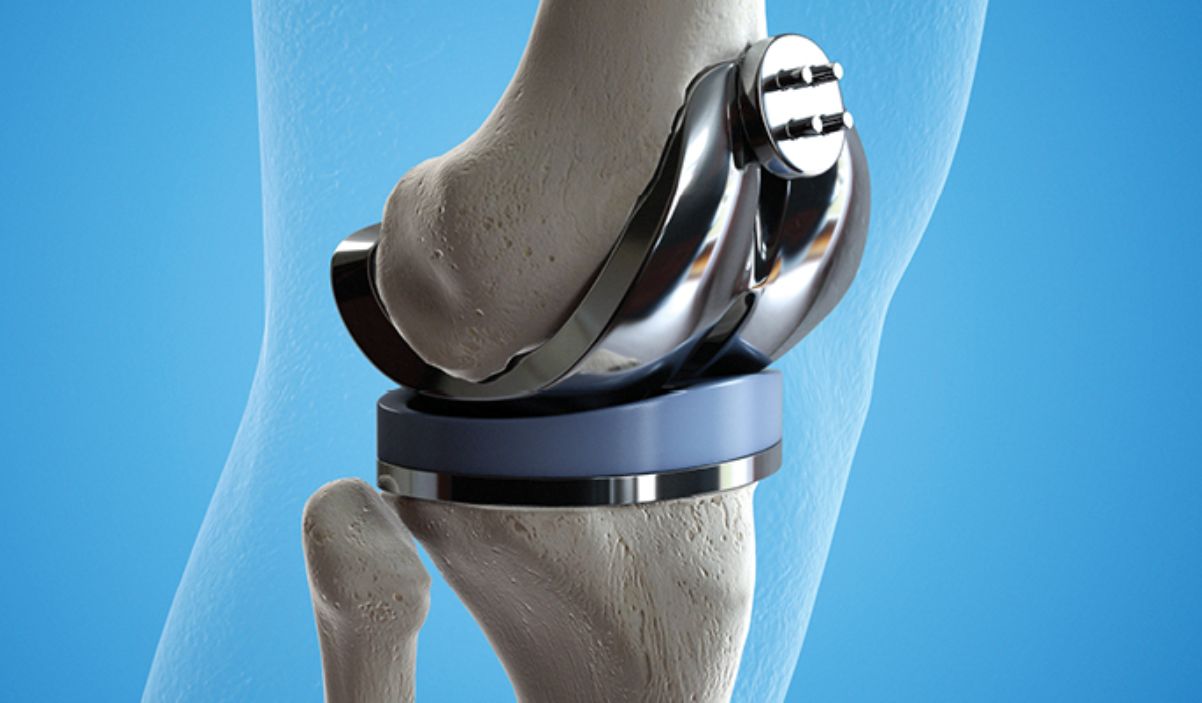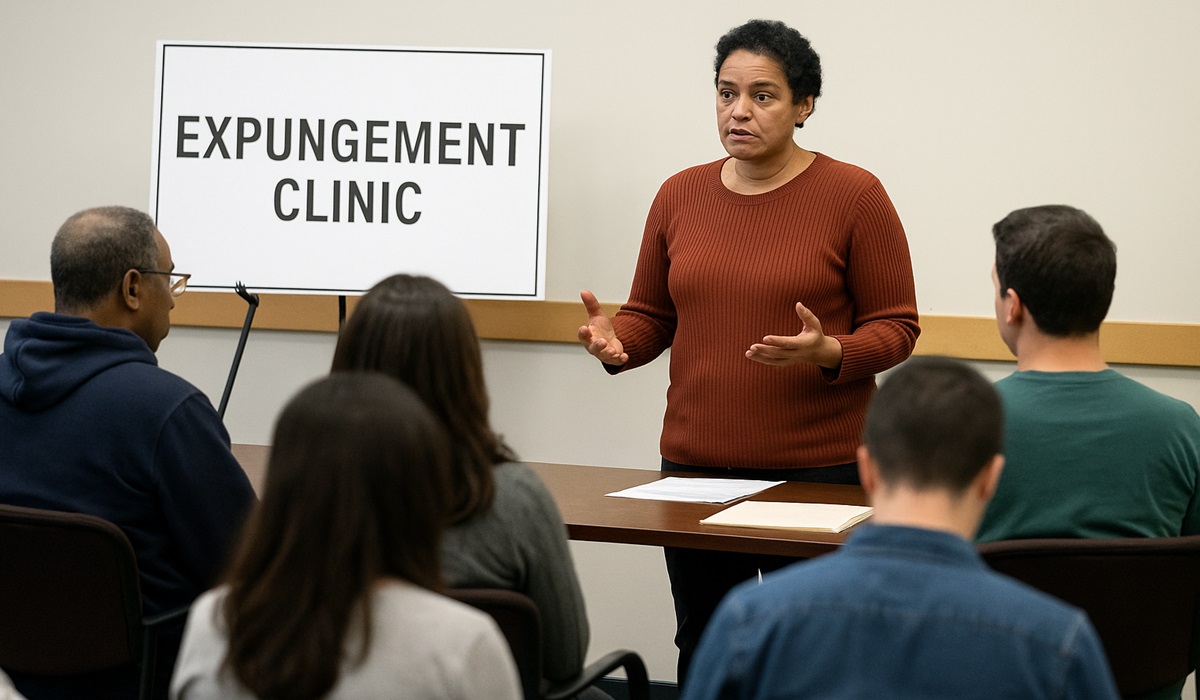Orthopedic Devices Market Is Estimated To Witness High Growth Owing To Rising Geriatric Population
- Ronak Shah
- U.S.A
- January 23, 2025

The Orthopedic Devices Market is estimated to be valued at US$ 63.01 Bn in 2024 and is expected to exhibit a CAGR of 4.5% over the forecast period 2024- 2031, as highlighted in a new report published by Coherent Market Insights’ The growth of the orthopedic devices market is primarily driven by the rising geriatric population globally and the subsequent increase in the incidence of orthopedic diseases and conditions.
According to the United Nations, the population aged 60 years and above is expected to nearly double by 2050, reaching around 2.1 billion up from 962 million globally in 2017. Older age people are more prone to orthopedic issues like osteoarthritis, osteoporosis, and joint replacement, thus boosting the demand for orthopedic devices. In addition, technical advancements in joint replacement surgeries along with the availability of innovative orthopedic devices for improved clinical outcomes are also contributing to the market growth.
Key Market Trends: The orthopedic devices market is witnessing notable trends such as growing preference for minimally invasive surgeries and demand for 3D printed orthopedic implants. Minimally invasive techniques cause lesser injury to soft tissues, reduce blood loss, and facilitate faster recovery for patients. The growing adoption of these techniques is positively impacting the market. Further, 3D printing helps in customization and manufacture of orthopedic implants based on a patient’s anatomy. This results in a better fit and comfortable usage of the implants. Advancements in 3D printing technologies are expected to offer potential growth opportunities to market players in the foreseeable future.
Orthopedic Devices Market Opportunity: By Product Type: The orthopedic devices market is segmented on the basis of product type into joint reconstruction, spinal devices, trauma fixation devices, orthobiologics, arthroscopic devices, orthopedic braces and supports, orthopedic accessories and others. Joint reconstruction segment held the largest market share of around 35% in 2019 and is expected to witness a CAGR of 4% during the forecast period. Growing number of osteoarthritis and rheumatoid arthritis cases along with increasing number of hip and knee replacement surgeries being performed is expected to drive the growth of joint reconstruction segment during the forecast period.
By Site of Injury: The orthopedic devices market is further segmented on the basis of site of injury into hand and wrist, foot and ankle, hip and pelvis, knee, spine, shoulder and elbow and others. Knee segment accounted for the largest market share of around 25% in 2019.Increasing incidence of knee injuries from sports and road accidents and growing geriatric population suffering from osteoarthritis is driving the growth of this segment.
Key Market Takeaways: The global orthopedic devices market is anticipated to witness a CAGR of 4.5% during the forecast period 2024-2031, owing to rising prevalence of osteoporosis and osteoarthritis diseases globally. On the basis of product type, joint reconstruction segment is expected to hold a dominant position, accounting for around 35% of the global market share in 2019, owing to growing number of hip and knee replacement surgeries. On the basis of site of injury, knee segment dominated the market with around 25% share in 2019 due to increasing incidence of knee injuries. By region, North America is expected to hold a dominant position over the forecast period, due to presence of advanced healthcare infrastructure and facilities in the region.
Competitor Insights: Key players operating in the orthopedic devices market include Stryker Corporation, Zimmer Biomet, DePuy Synthes, Smith & Nephew, Medtronic and others. These players are focusing on new product launches and geographical expansion to strengthen their market position.
Recent Developments: In June 2023, DePuy Synthes launched the first bioresorbable femoral head designed for hip arthroplasty procedures. Made of iron, magnesium, and polymer materials, the implant fully degrades and is absorbed by the body within 3-5 years. Early clinical studies have shown the implant integrated well with bone and softened as intended over time. This new technology could help address concerns around permanent foreign bodies and long-term effects of metal ions. Other companies are researching biodegradable alternatives for plates, screws, and other orthopedic hardware. More information in full report.








